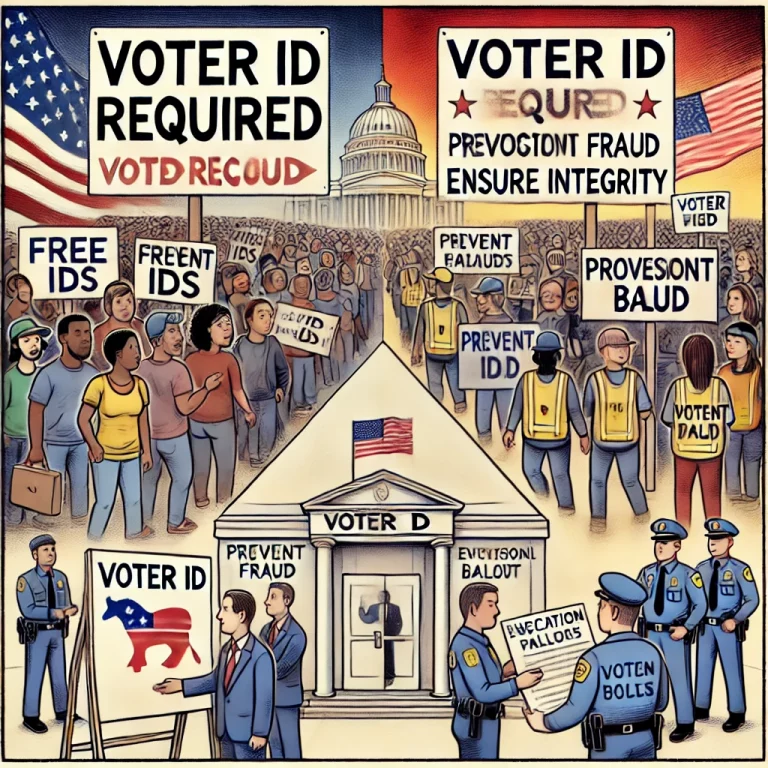Have you ever wondered why it’s so hard to change someone’s mind? Or why fake news can spread so quickly? The answers lie deep within our psychology. Pioneers like Daniel Kahneman and Amos Tversky have unlocked secrets of the human mind that illuminate our daily decisions. Let’s dive into how our biases shape our reality and what we can do about it.
The Bias Beneath: A Closer Look: At the heart of our decision-making lie hidden biases, subtle influences that can skew reasoning and perception. From the stubbornness of Confirmation Bias to the snap judgments driven by the Availability Heuristic, these mental shortcuts define our view of the world. But awareness is the first step to overcoming them.
Echo Chambers and You: The Confirmation Bias Trap: In an era dominated by targeted content and echo chambers, Confirmation Bias ensures we’re more likely to encounter information that reinforces our beliefs. This section will explore how social media feeds this bias and what steps we can take to expose ourselves to a broader range of perspectives.
When Memories Mislead: The Availability Heuristic Explained: Our brains prioritize recent or vivid memories, but this can distort our understanding of reality. This part will delve into the mechanics of this bias and offer strategies to balance our perception with facts.
The Anchor in Our Minds: How Anchoring Bias Shapes Our Views: Often, our first piece of information becomes our ‘anchor,’ influencing all subsequent thoughts. Understanding this bias’s hold can free us from its grasp and lead to more informed decisions.
Jumping on the Bandwagon: Understanding Collective Bias: The Bandwagon Effect shows us how social influence shapes our beliefs. But is popularity a sign of truth? Let’s uncover the psychology behind the herd mentality and learn to question the consensus.
The Price of Changing Minds: Prospect Theory and Loss Aversion: Why is admitting we’re wrong so painful? Prospect Theory offers insights into the asymmetry between loss and gain and how it freezes our viewpoints. Here, we’ll explore how overcoming this imbalance can open us up to new ideas and growth.
The Emotional Current: How Feelings Fuel Misinformation: Emotions, powerful and immediate, can override our rational processes, making disinformation particularly sticky. This section will guide readers through the emotional landscape of misinformation and provide tools for maintaining clarity in the face of sensationalism.
Towards a Bias-Aware Society: Combating disinformation and bias is a collective effort. This concluding section emphasizes the importance of media literacy, fact-checking, and open dialogue in building a more informed and less polarized community.
Our journey through the landscape of cognitive biases is more than academic; it’s a crucial step towards understanding ourselves and the world around us. By acknowledging and addressing our biases, we can make better decisions, foster more meaningful conversations, and navigate the complex information landscape with greater discernment.
Crossing the Road in Britain, 1931-1976




